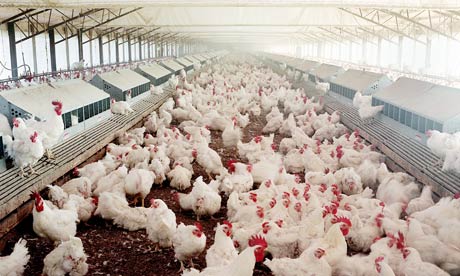Survey is still up and running. Currently have 36 people that have taken the survey. May try to get an even 40 people to take it just to have nice rounded numbers. Results seem to be quite consistant with Merton's Strain Theory.
http://www.surveymonkey.com/s/WBTKPKW
English Blog
Monday, November 19, 2012
Tuesday, November 13, 2012
Survey
My theory is Merton's Strain Theory, which focuses on how the strain between the wealthy and poor influence crime rates. So I am focusing on why crime occurs based on this theory. My survey is up and running. I currently have five people who have taken the survey. My answers are pretty interesting and I can not wait to include them in my paper.
http://www.surveymonkey.com/s/WBTKPKW
http://www.surveymonkey.com/s/WBTKPKW
Monday, October 29, 2012
Synthesis of “Indigenous Resistance and Racist Schooling on the Borders of Empires: Coast Salish Cultural Survival” by Michael Marker
This article by Michael Marker is discussing how the governments of the United States and Canada have tried to redirect the culture and common practice of the Coast Salish people of British Columbia and Washington State. These two governments have tried to take away what these people stand for and the way they do things by creating laws against them. Trying to make it so that these people would not be able to freely travel across borders to exchange information and keep their customs alive is one way they were trying to be repressed. The article mentions that the Coast Salish people did not recognize the borders that governments had established, but they simply knew that their territory was from this point to another point. The governments also developed boarding schools so that the children could be away from the unfavorable environment and become more "Americanized". They also tried to strip the culture of their native language, by outlawing the use of it. These changes that they tried to force on these people caused a great number of issues because it was so confusing. Children were picked on in boarding school and detached from their parents at home. They eventually developed ways to resist the governments' repressive strategies, thus reclaiming control of their own destiny.
Tuesday, October 9, 2012
Sustainability Issues in the Rain Forest
As the population grows humanity needs to have more room to grow and the only place to go is out. The growing population also has a need for more materials. When a population is located right outside of a forest, the population does not restrict its growth to the area that is already open, they simply cut down trees and build more things in the newly cleared area. The trees that are cut also serve a purpose to be used to make various products that aid humans in their day to day activities. Forests are areas where one of a kind animal and plant species live, but their lives are constantly threatened because they are forced to live in close proximity to other species that compete for similar resources, thus killing many of these species.
Saturday, October 6, 2012
What did this Chicken Really Come From?

http://static.guim.co.uk/sys-images/Guardian/Pix/pictures/2012/1/31/1328029711542/chicken-factory-007.jpg
Chickens are packed tightly into massive sheds and given antibiotics and other rugs to keep them alive. The conditions that they are forced to live in would normally, under any other circumstance kill them. They gain weight at such a rapid rate that they are often unable to support themselves. The large amounts of fecal matter known to be produced by these mass farms add pollutants to the ground and water. About seven weeks after chickens are born they are taken to a slaughterhouse where they are killed by being upside down and having their necks slit. The USDA conducted a study of broiler chicken carcasses and discovered that more than 99% of them had detectable amounts of E. coli, which is found in fecies and intestinal tracts.
http://www.peta.org/living/vegetarian-living/top-10-reasons-not-to-eat-chickens.aspx
Monday, October 1, 2012
Environmental Ethics Article
McShane, Katie. "Environmental Ethics: an Overview." Philosophy Compass 4.3 (2009): 407-420. Web. 01 Oct. 2012. <http://onlinelibrary.wiley.com/doi/10.1111/j.1747-9991.2009.00206.x/pdf>.
Sunday, September 30, 2012
Coral Reef Article Synthesis
The
Coral Reef Article Synthesis
Although coral reefs account for about two percent of the
world’s marine environment, they provide habitats for one third of all
described marine species, many of which can only be found in these areas. As with numerous other resources on Earth,
the coral reef is being depleted due to the growing demands of civilization. To reduce the amounts of coral reefs is to
cause a large proportion of Earth’s biodiversity to be decimated. Humanity has a tendency to use resources at a
rapid rate until there are no resources left, versus using resources at
moderate rates. Pollution is causing
coral reefs to lose the algae that provide color, which is known as bleaching. A main contributor of these bleaching phenomena
is when the level of CO2 gets above a certain amount of ppm. As discussed on the treehugger website a safe
amount of CO2 in the air is around 350 ppm. Today the number is higher than
that and is steadily rising. To save the
planet humanity needs to try to reduce the amount of CO2 that they produce and
try to get this number at a stable 350 ppm and perhaps even lower. Coral reefs
are important to the biodiversity of the planet without them resources will be
lost forever and many species will become extinct.
Subscribe to:
Comments (Atom)